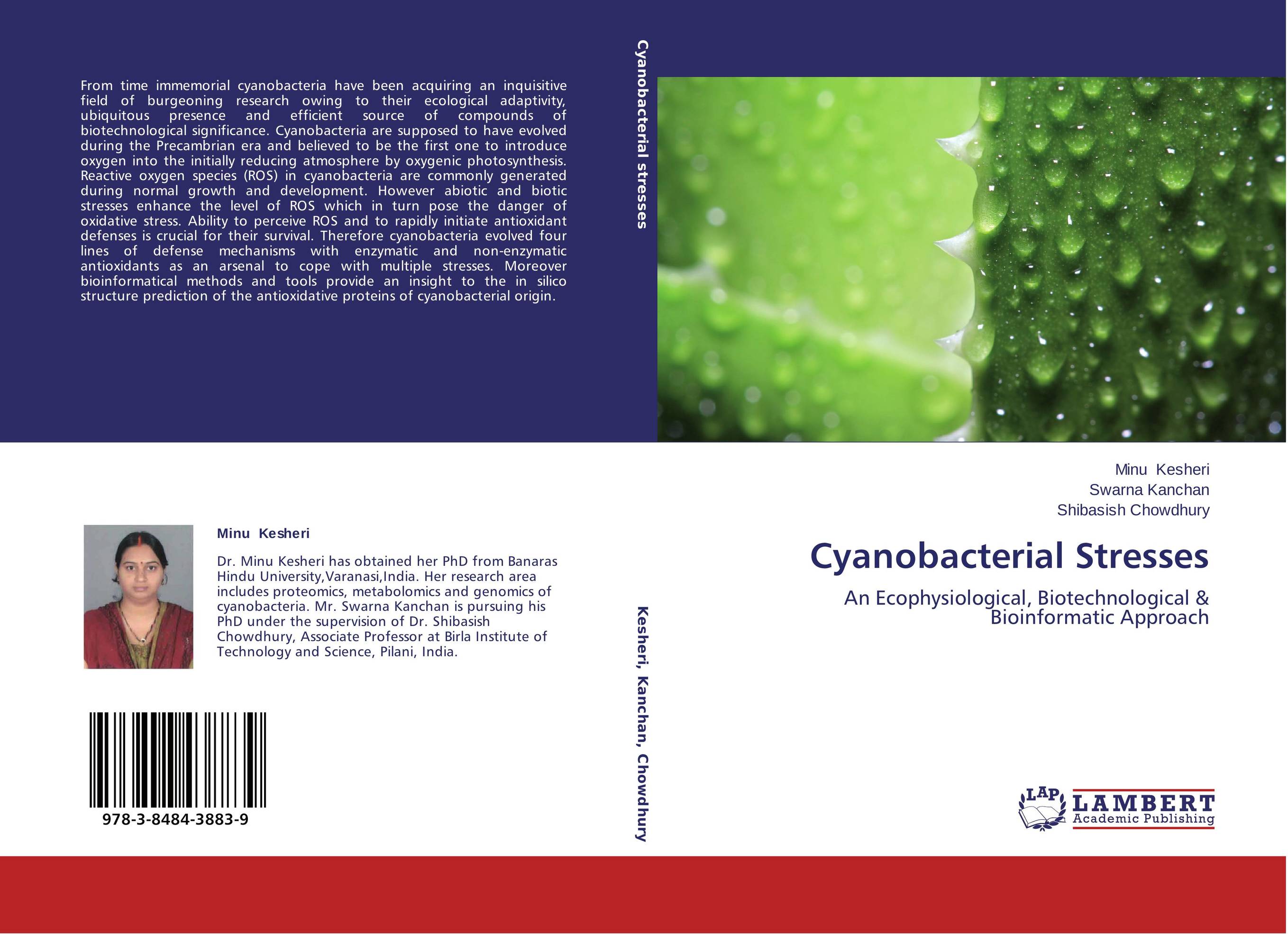| Поиск по каталогу |
|
(строгое соответствие)
|
- Профессиональная
- Научно-популярная
- Художественная
- Публицистика
- Детская
- Искусство
- Хобби, семья, дом
- Спорт
- Путеводители
- Блокноты, тетради, открытки
Cyanobacterial Stresses. An Ecophysiological, Biotechnological & Bioinformatic Approach

В наличии
| Местонахождение: Алматы | Состояние экземпляра: новый |

Бумажная
версия
версия
Автор: Minu Kesheri,Swarna Kanchan and Shibasish Chowdhury
ISBN: 9783848438839
Год издания: 2014
Формат книги: 60×90/16 (145×215 мм)
Количество страниц: 116
Издательство: LAP LAMBERT Academic Publishing
Цена: 34897 тг
Положить в корзину
Позиции в рубрикаторе
Отрасли знаний:Код товара: 112980
| Способы доставки в город Алматы * комплектация (срок до отгрузки) не более 2 рабочих дней |
| Самовывоз из города Алматы (пункты самовывоза партнёра CDEK) |
| Курьерская доставка CDEK из города Москва |
| Доставка Почтой России из города Москва |
Аннотация: From time immemorial cyanobacteria have been acquiring an inquisitive field of burgeoning research owing to their ecological adaptivity, ubiquitous presence and efficient source of compounds of biotechnological significance. Cyanobacteria are supposed to have evolved during the Precambrian era and believed to be the first one to introduce oxygen into the initially reducing atmosphere by oxygenic photosynthesis. Reactive oxygen species (ROS) in cyanobacteria are commonly generated during normal growth and development. However abiotic and biotic stresses enhance the level of ROS which in turn pose the danger of oxidative stress. Ability to perceive ROS and to rapidly initiate antioxidant defenses is crucial for their survival. Therefore cyanobacteria evolved four lines of defense mechanisms with enzymatic and non-enzymatic antioxidants as an arsenal to cope with multiple stresses. Moreover bioinformatical methods and tools provide an insight to the in silico structure prediction of the antioxidative proteins of cyanobacterial origin.
Ключевые слова: oxidative stress, bioinformatics, antioxidants, Cyanobacteria, Protein Structure Prediction



